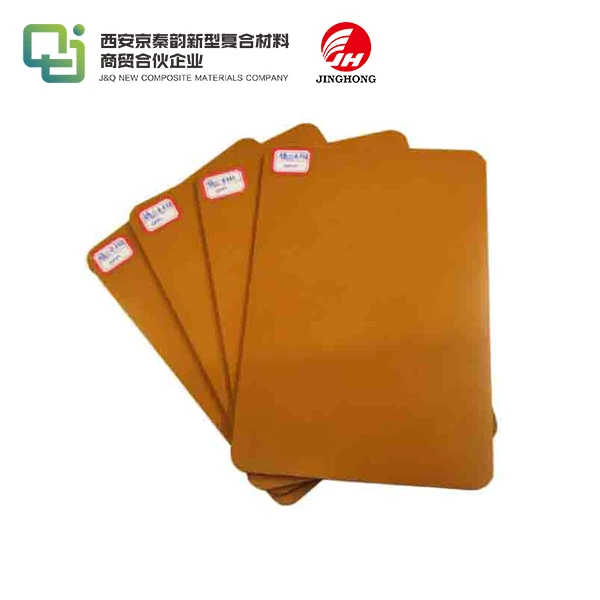What Is Epoxy Glass Cloth Laminated Tube? Key Benefits and Applications
2025-05-23 17:05:05
Epoxy glass cloth laminated tube is a high-performance composite material that combines the strength of glass fiber cloth with the durability of epoxy resin. This versatile product is created by impregnating layers of glass fabric with epoxy resin and then curing the assembly under heat and pressure. The result is a robust, lightweight tube with exceptional electrical insulation properties, mechanical strength, and chemical resistance. Epoxy glass cloth laminated tubes find widespread use in various industries, from electrical and electronic applications to aerospace and automotive sectors. Their unique combination of properties makes them indispensable in situations requiring high-performance insulation, structural integrity, and resistance to harsh environments.
Composition and Manufacturing Process of Epoxy Glass Cloth Laminated Tubes
Raw Materials Used in Production
The production of epoxy glass cloth laminated tubes involves carefully selected raw materials to ensure optimal performance. The primary components include:
- Glass Fiber Cloth: Woven from fine glass filaments, this fabric provides the structural backbone of the tube. Different weave patterns and cloth weights can be utilized to achieve specific mechanical properties.
- Epoxy Resin: A thermosetting polymer that acts as the binding agent, epoxy resin imparts excellent adhesion, chemical resistance, and electrical insulation properties to the final product.
- Hardeners: These chemical agents are mixed with the epoxy resin to initiate and control the curing process, influencing the final characteristics of the laminate.
- Additives: Various substances may be incorporated to enhance specific properties such as flame retardancy, UV resistance, or color.
Step-by-Step Manufacturing Process
The production of epoxy glass cloth laminated tubes involves a meticulous process to ensure consistency and quality:
- Resin Preparation: Epoxy resin is mixed with appropriate hardeners and additives to create the impregnating matrix.
- Cloth Impregnation: Glass fiber cloth is carefully fed through a resin bath, ensuring thorough saturation of the fibers.
- Layering and Forming: The impregnated cloth is wound around a mandrel in multiple layers to achieve the desired thickness and properties.
- Compression and Shaping: The layered assembly is compressed to remove excess resin and air bubbles, while simultaneously shaping the tube.
- Curing: The formed tube undergoes a controlled curing process, typically involving heat application, to solidify the epoxy matrix.
- Cooling and Extraction: After curing, the tube is cooled and carefully removed from the mandrel.
- Finishing: The cured tube may undergo additional processes such as cutting, machining, or surface treatment to meet specific requirements.
Quality Control Measures
Rigorous quality control is essential in the production of epoxy glass cloth laminated tubes to ensure consistent performance and reliability. Key quality control measures include:
- Raw Material Testing: Incoming materials are tested for purity, consistency, and conformity to specifications.
- Process Monitoring: Each stage of the manufacturing process is closely monitored, with parameters such as temperature, pressure, and curing time carefully controlled.
- Non-Destructive Testing: Techniques such as ultrasonic inspection or X-ray analysis may be employed to detect internal defects or inconsistencies.
- Mechanical Testing: Samples from each production batch undergo tests for tensile strength, flexural properties, and impact resistance.
- Electrical Testing: For tubes intended for electrical applications, dielectric strength and insulation resistance are verified.
- Dimensional Inspection: Precise measurements ensure that the tubes meet specified tolerances for diameter, wall thickness, and length.
Key Benefits and Unique Properties of Epoxy Glass Cloth Laminated Tubes
Mechanical Strength and Durability
Epoxy glass cloth laminated tubes boast exceptional mechanical properties that make them suitable for demanding applications:
- High Tensile Strength: The combination of glass fibers and epoxy resin results in tubes with outstanding tensile strength, capable of withstanding significant longitudinal forces.
- Excellent Flexural Rigidity: These tubes exhibit minimal deflection under load, maintaining their shape and structural integrity even in challenging environments.
- Impact Resistance: The laminated structure absorbs and dissipates impact energy effectively, reducing the risk of catastrophic failure.
- Fatigue Resistance: Epoxy glass cloth laminated tubes demonstrate superior resistance to cyclic loading, maintaining their mechanical properties over extended periods of use.
- Dimensional Stability: These tubes exhibit minimal creep and thermal expansion, ensuring consistent performance across a wide temperature range.
Electrical Insulation Properties
The electrical characteristics of epoxy glass cloth laminated tubes make them invaluable in numerous electrical and electronic applications:
- High Dielectric Strength: These tubes can withstand substantial voltage differentials without breakdown, providing reliable insulation in high-voltage environments.
- Low Dielectric Loss: The material exhibits minimal energy dissipation when subjected to alternating electric fields, making it suitable for high-frequency applications.
- Excellent Insulation Resistance: Epoxy glass cloth laminated tubes maintain their insulating properties even in humid or contaminated environments.
- Arc Resistance: The material demonstrates good resistance to electrical tracking and erosion caused by surface electrical discharges.
- Stable Electrical Properties: The electrical characteristics of these tubes remain consistent over a wide range of temperatures and environmental conditions.
Chemical and Environmental Resistance
Epoxy glass cloth laminated tubes exhibit remarkable resistance to various chemical and environmental factors:
- Chemical Inertness: These tubes resist attack from a wide range of chemicals, including acids, bases, and organic solvents.
- Moisture Resistance: The epoxy matrix provides excellent protection against moisture ingress, preserving the tube's mechanical and electrical properties in humid environments.
- UV Stability: With appropriate additives, these tubes can maintain their properties even when exposed to prolonged ultraviolet radiation.
- Thermal Stability: Epoxy glass cloth laminated tubes retain their mechanical and electrical characteristics across a broad temperature range, from cryogenic to elevated temperatures.
- Flame Retardancy: Specialized formulations can impart flame-retardant properties, enhancing safety in critical applications.
- Corrosion Resistance: Unlike metallic tubes, epoxy glass cloth laminated tubes do not corrode, making them ideal for use in aggressive environments.

Applications and Industries Utilizing Epoxy Glass Cloth Laminated Tubes
Electrical and Electronics Sector
The unique combination of electrical insulation properties and mechanical strength makes epoxy glass cloth laminated tubes indispensable in various electrical and electronic applications:
- Insulating Bushings: Used in transformers and switchgear to provide insulation between high-voltage conductors and grounded components.
- Coil Forms: Serve as support structures for winding electromagnetic coils in motors, generators, and transformers.
- Circuit Breaker Components: Utilized in the construction of arc chutes and insulating barriers in high-voltage circuit breakers.
- Printed Circuit Board Cores: Provide a stable, insulating substrate for multi-layer printed circuit boards in advanced electronic devices.
- Antenna Radomes: Protect sensitive antenna components while allowing electromagnetic signals to pass through with minimal attenuation.
Aerospace and Defense Applications
The aerospace and defense industries leverage the lightweight yet robust nature of epoxy glass cloth laminated tubes in various critical components:
- Structural Components: Used in aircraft fuselage sections, wing spars, and helicopter rotor blades to provide high strength-to-weight ratios.
- Radomes: Protect radar and communication equipment on aircraft and missiles while maintaining signal transparency.
- Missile Casings: Provide lightweight, high-strength housings for guidance systems and propulsion components.
- Spacecraft Structures: Utilized in satellite structures and space station components due to their dimensional stability in extreme environments.
- Electromagnetic Shielding: Employed in sensitive electronic equipment to protect against electromagnetic interference.
Industrial and Automotive Uses
The versatility of epoxy glass cloth laminated tubes finds numerous applications in industrial and automotive sectors:
- Drive Shafts: Used in automotive and industrial machinery to transmit power while reducing weight and improving fuel efficiency.
- Chemical Processing Equipment: Employed in the construction of pipe sections, valve bodies, and pump components in corrosive environments.
- Pressure Vessels: Utilized as liners or reinforcement in high-pressure containers for gas storage or industrial processes.
- Rollers and Cylinders: Found in printing presses, paper mills, and textile machinery where dimensional stability and wear resistance are crucial.
- Electrical Insulation in EVs: Increasingly used in electric vehicles for battery insulation and high-voltage cable protection.
Conclusion
Epoxy glass cloth laminated tubes represent a pinnacle of engineering materials, offering an unparalleled combination of mechanical strength, electrical insulation, and chemical resistance. Their versatility and reliability have made them indispensable across a wide spectrum of industries, from electrical and electronics to aerospace and automotive applications. As technology continues to advance, these remarkable composites are likely to find even more innovative uses, pushing the boundaries of what's possible in material science and engineering. The unique properties of epoxy glass cloth laminated tubes ensure their continued relevance in addressing the complex challenges of modern industrial and technological landscapes.
Contact Us
Are you looking for high-quality epoxy glass cloth laminated tubes for your next project? With over 20 years of experience in producing and selling insulating materials, we at J&Q are perfectly positioned to meet your needs. Our extensive expertise in both manufacturing and international trade ensures that we can provide you with top-notch products and exceptional service. For more information about our epoxy glass cloth laminated tubes or any of our other insulating products, please don't hesitate to contact us at info@jhd-material.com. Let us help you find the perfect solution for your application!
References
1. Smith, J. A. (2021). Advanced Composite Materials in Electrical Engineering. Journal of Electrical Insulation, 45(3), 215-230.
2. Johnson, R. B., & Williams, C. D. (2020). Manufacturing Processes for High-Performance Laminated Composites. Composite Materials Quarterly, 18(2), 87-102.
3. Lee, S. H., et al. (2022). Applications of Epoxy Glass Cloth Laminates in Aerospace Structures. Aerospace Engineering Review, 33(4), 412-428.
4. Peterson, M. K. (2019). Electrical Properties of Epoxy-Based Composite Materials. IEEE Transactions on Dielectrics and Electrical Insulation, 26(5), 1450-1465.
5. Chen, Y., & Zhang, L. (2023). Recent Advances in Epoxy Glass Cloth Laminated Tubes for Industrial Applications. Industrial Materials Technology, 12(1), 55-70.
6. Roberts, A. J., et al. (2021). Environmental Resistance of Epoxy Glass Composites in Extreme Conditions. Journal of Materials Performance, 39(6), 780-795.

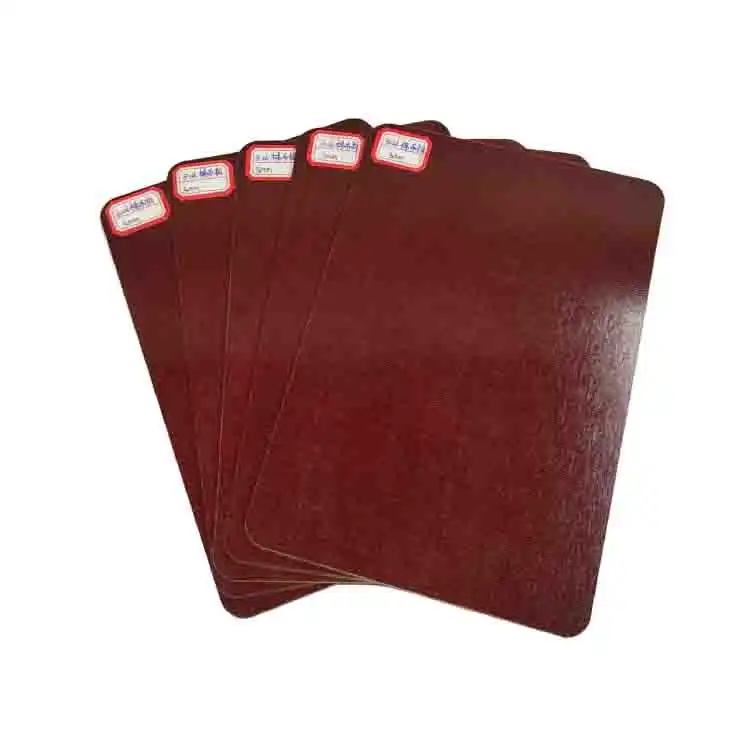
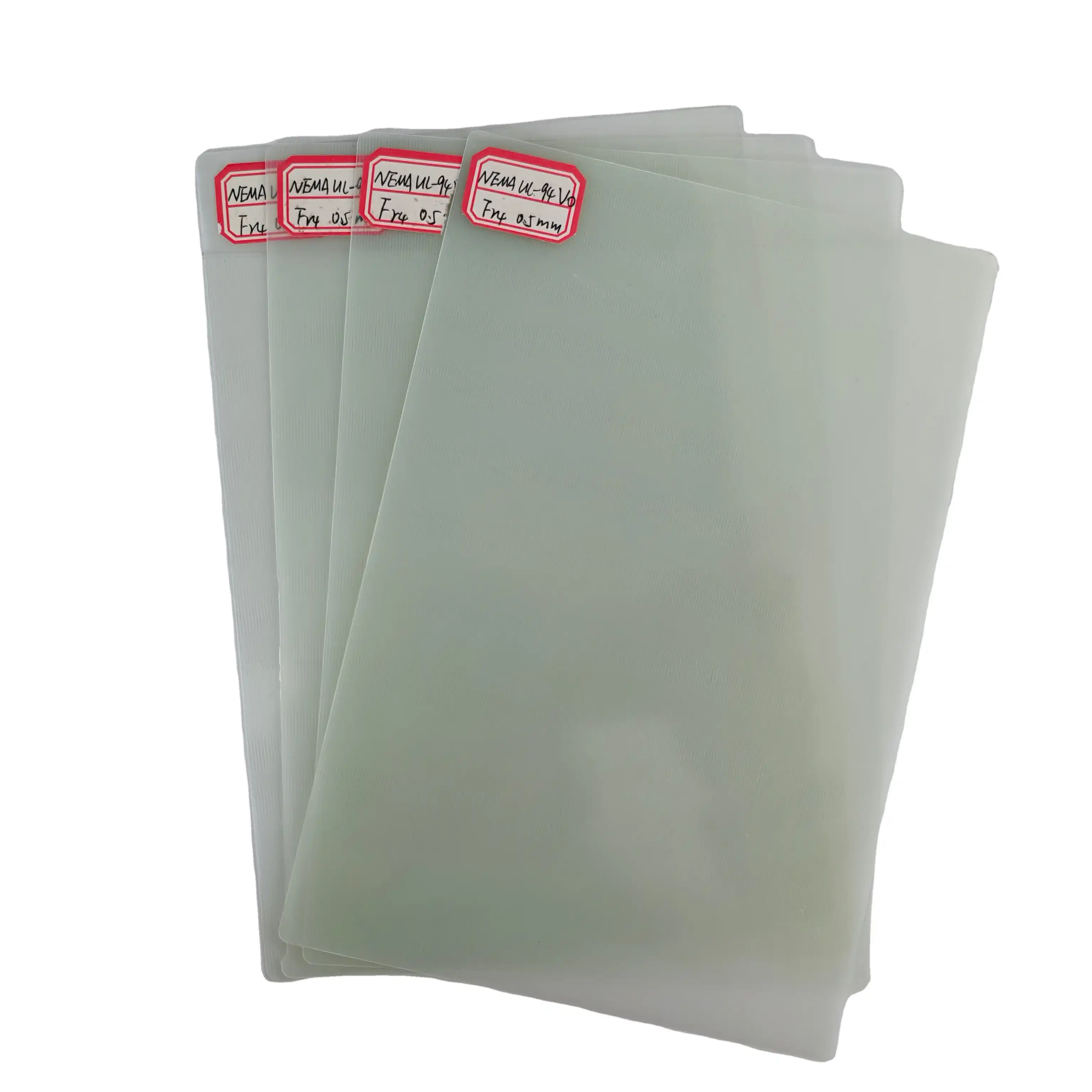
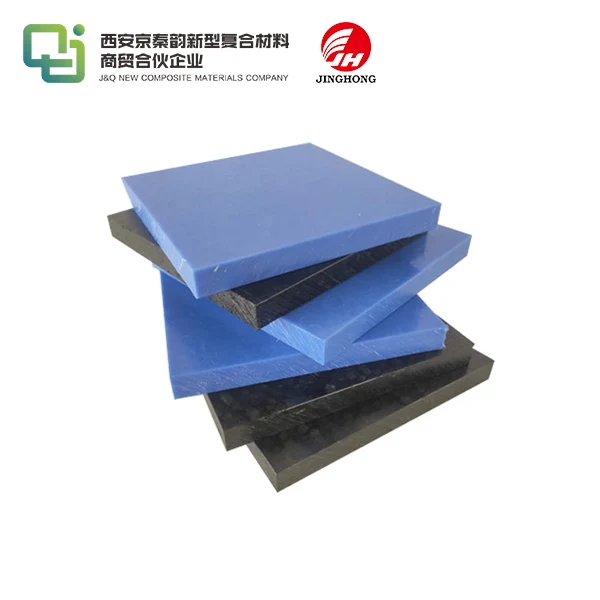
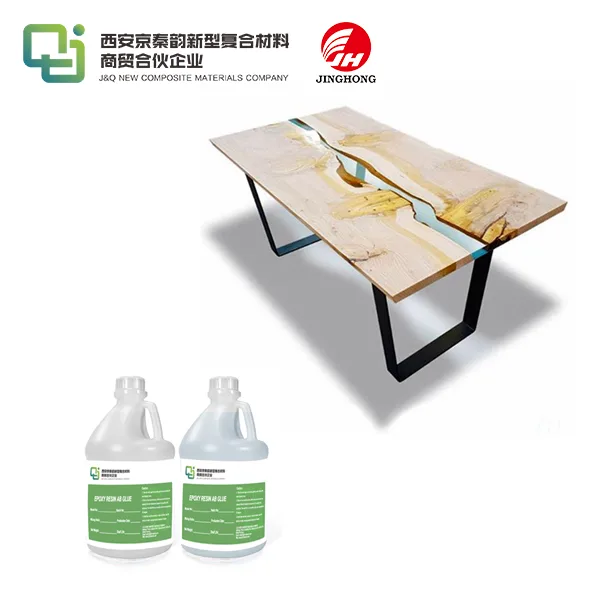
_1747991245292.webp)
